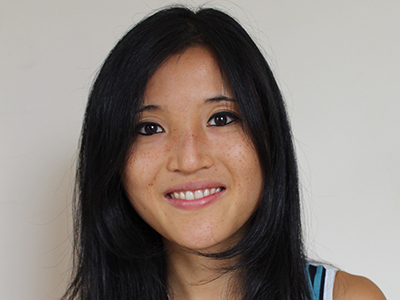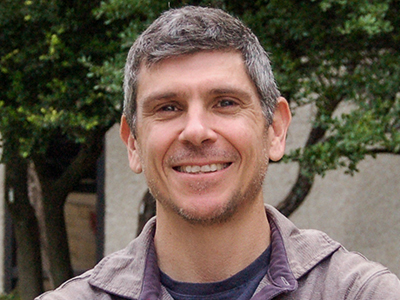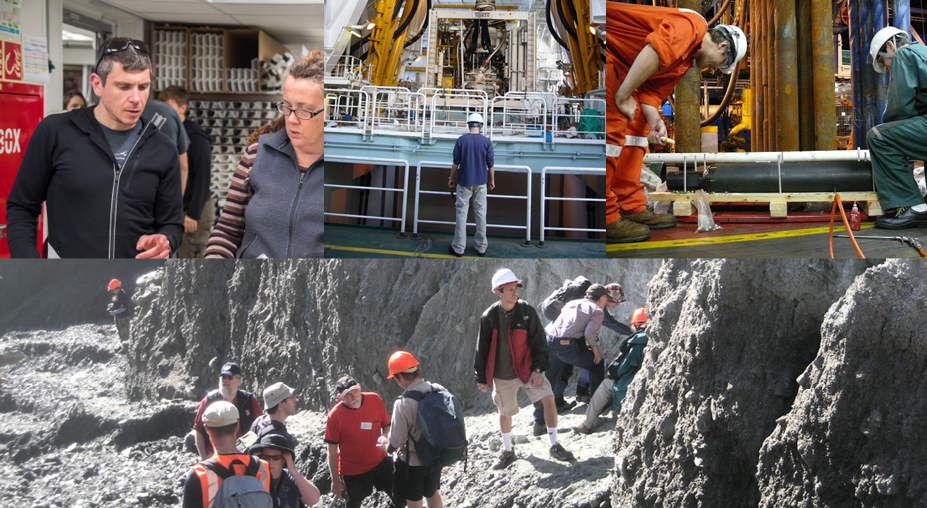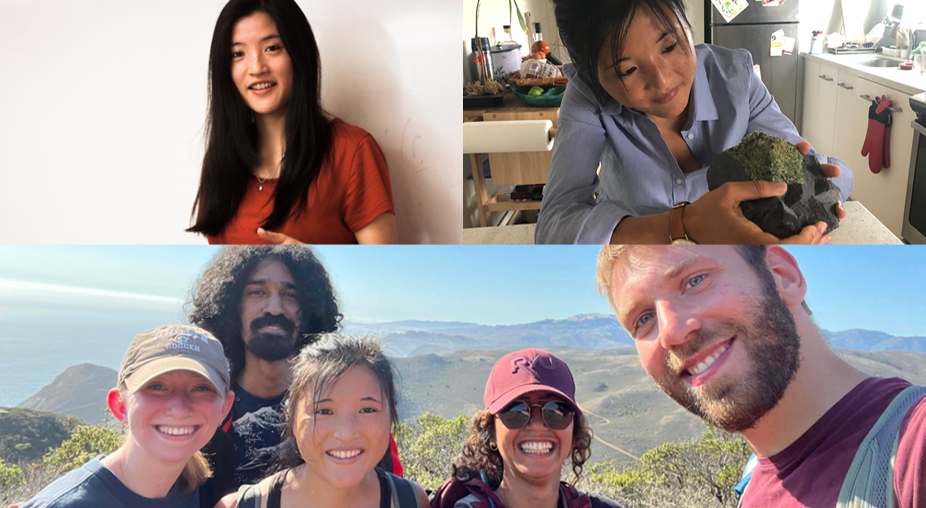Tectonophysics Section Awardees

Citation
Harriet Lau is a very special young scientist. How many geophysicists of her age—or indeed of any age—have developed an entirely new way of imaging Earth structure? Her establishment of “tidal tomography”—mapping large-scale, deep-mantle buoyancy structure through inversion of solid Earth body tide deformations—is a transformative achievement. Moreover, her research using the latest results in experimental rock physics is moving inexorably toward a single model of mantle dissipation that connects anelasticity on seismic timescales to long-term viscosity at million-year timescales—a “grand unified theory” of mantle deformation. Toward these goals, she elegantly extended traditional seismic normal mode theory to tidal and Chandler wobble bands by introducing relaxation modes; combining this with an analysis of a global network of GPS data led to her Nature article “Tidal tomography constrains Earth’s deep-mantle buoyancy.” The paper demonstrates that the lower section of the two large low-shear-velocity provinces (LLSVPs) in the deep mantle below Africa and the Pacific have a density approximately 0.5% higher than the surrounding mantle, a profoundly important contribution to our understanding of the long-term evolution of the Earth system. Two further, seminal contributions quickly followed. First, Harriet discovered a deeply rooted inconsistency in research spanning the past 3 decades relating laboratory results on Earth materials to seismic and geodetic measurements that had severely biased past estimates of intrinsic mantle dissipation. Next, she reanalyzed observations associated with the response of the Earth to the last ice age to establish bounds on the radial profile of mantle viscosity and showed that significant differences in published estimates disappeared when one accounted for the impact on the Earth’s gravitational field of modern glacier melting, thus resolving, finally, a long-standing debate within the ice age research community. Recently, she returned to the quest for a unified dissipation theory by developing a “complex viscosity” parameter that captures dissipative behavior across a spectrum of timescales previously connected, with unsatisfactory results, using ad hoc methods devoid of physical justification. Harriet is applying this impressive body of research to address important unanswered questions, including providing the first self-consistent rheological treatment of plate deformation across seismic to mantle convection timescales, proposing a persuasive new mechanism for the so-called Mid-Pleistocene Transition, and improving modeling of the solid Earth response to modern melting of the Antarctic Ice Sheet. Harriet’s defining qualities are her humility and tireless devotion to her community. She has long served as an important mentor and role model and has become a leading voice in efforts to address the troubling lack of diversity in the geosciences. We feel honored to have had the opportunity to work with such a brilliant scientist and remarkable human being.
—Jerry X. Mitrovica, Harvard University, Cambridge, Mass.
Response
It is an immense privilege to be this year’s recipient of the Jason Morgan Early Career Award. I was fortunate enough to have Jason regularly wander into my office as a graduate student, and, among other pearls of wisdom bestowed, he would always correct our research group—made up of non-Americans—on the pronunciation of “pecan” as a proud Georgian. That group, led by my mentor, Jerry Mitrovica, was made up of talented colleagues and friends I continue to lean on for support and advice, and for AGU reunions, to this day. In this short message, I would like to thank the AGU Tectonophysics section, which continues to foster a rich and diverse community of Earth scientists. I would like to thank my nominators for this award: David Al-Attar, Jeroen Tromp, Benjamin Holtzman, and Jerry Mitrovica. Throughout my career, these special scientists have offered me generosity in time and ideas, and I aspire to meet the impact they have had on our community. I would like to thank Rhodri Davies and Saskia Goes, who during my time as a master’s student at Imperial College London, encouraged me to pursue this career, providing me with my first research opportunity.
I finally owe three big thank-yous, to Jerry Mitrovica; the University of California, Berkeley; and my own research group. Since my first year as his Ph.D. student, to this date, Jerry has never ceased to support me, advocate for me, and challenge me as a scientist, and now, as a faculty member myself. From his creative research questions, to the integrity in his practice of science and mentorship, I have gained and learned much. I have taken this to UC Berkeley, where I have had the honor of serving within a diverse community of intellectual richness and freedom. I cannot be more grateful to my Ph.D. students, who have courageously pursued ambitious research questions with ingenuity and humility, and who keep me on my toes. With them I continue to learn new things about our planet each day.
—Harriet C. P. Lau, University of California, Berkeley
Field Photos

Field Photos

